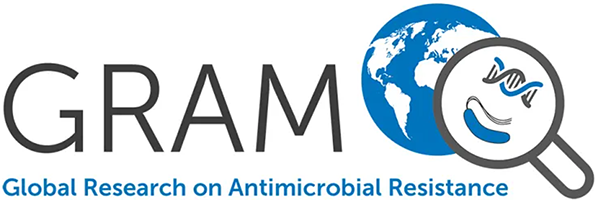Household acquisition and transmission of extended-spectrum β-lactamase (ESBL) -producing Enterobacteriaceae after hospital discharge of ESBL-positive index patients.
Riccio ME., Verschuuren T., Conzelmann N., Martak D., Meunier A., Salamanca E., Delgado M., Guther J., Peter S., Paganini J., Martischang R., Sauser J., de Kraker MEA., Cherkaoui A., Fluit AC., Cooper BS., Hocquet D., Kluytmans JAJW., Tacconelli E., Rodriguez-Baño J., Harbarth S., MODERN WP2 study group None.
OBJECTIVES: This study aimed to determine rates and risk factors of extended-spectrum β-lactamase-producing Enterobacteriaceae (ESBL-PE) acquisition and transmission within households after hospital discharge of an ESBL-PE-positive index patient. METHODS: Two-year prospective cohort study in five European cities. Patients colonized with ESBL-producing Escherichia coli (ESBL-Ec) or Klebsiella pneumoniae (ESBL-Kp), and their household contacts were followed up for 4 months after hospital discharge of the index case. At each follow up, participants provided a faecal sample and personal information. ESBL-PE whole-genome sequences were compared using pairwise single nucleotide polymorphism-based analysis. RESULTS: We enrolled 71 index patients carrying ESBL-Ec (n = 45), ESBL-Kp (n = 20) or both (n = 6), and 102 household contacts. The incidence of any ESBL-PE acquisition among household members initially free of ESBL-PE was 1.9/100 participant-weeks at risk. Nineteen clonally related household transmissions occurred (case to contact: 13; contact to case: 6), with an overall rate of 1.18 transmissions/100 participant-weeks at risk. Most of the acquisition and transmission events occurred within the first 2 months after discharge. The rate of ESBL-Kp household transmission (1.16/100 participant-weeks) was higher than of ESBL-Ec (0.93/100 participant-weeks), whereas more acquisitions were noted for ESBL-Ec (1.06/100 participant-weeks) compared with ESBL-Kp (0.65/100 participant-weeks). Providing assistance for urinary and faecal excretion to the index case by household members increased the risk of ESBL-PE transmission (adjusted prevalence ratio 4.3; 95% CI 1.3-14.1). CONCLUSIONS: ESBL-PE cases discharged from the hospital are an important source of ESBL-PE transmission within households. Most acquisition and transmission events occurred during the first 2 months after hospital discharge and were causally related to care activities at home, highlighting the importance of hygiene measures in community settings. CLINICAL STUDY REGISTRATION: German Clinical Trials Register, DRKS-ID: DRKS00013250.

